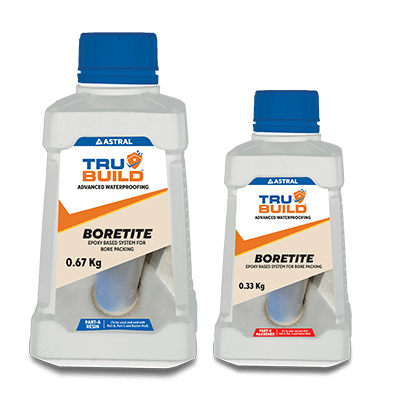How to Fix a Concrete Water Tank Leakage Problem?
Dec 31, 2024
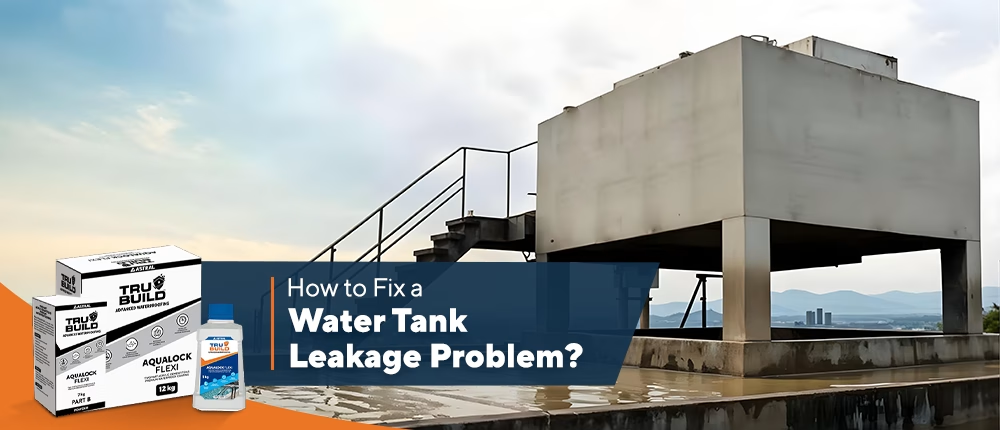
Concrete water tanks are built for durability, but over time, factors such as weather changes, maintenance practices, or structural stress can occasionally lead to the development of cracks. These cracks may result in leakage, which, if not addressed promptly, could lead to issues such as water wastage, structural weakening, or contamination of the water supply. Whether your tank’s leak is due to an accidental crack or something preventable, this blog aims to help you assess the situation and take the necessary steps to resolve it.
The most effective solution to prevent and repair water tank leaks is proper waterproofing. By forming a protective barrier, waterproofing not only seals existing cracks but also prevents water seepage. Here’s a simple approach to tackling water tank leakage efficiently:
- Inspect the Tank
Begin by carefully examining the water tank to identify the source of the leakage. Look for visible cracks, damp patches, or even unexplained speed at which the tank empties. These signs indicate a potential water tank leakage problem. A thorough inspection is critical to determine the extent of the damage and plan the repair effectively.
- Drain the Tank
Empty the water tank completely to expose the damaged areas. Ensure that the interior is dry and accessible. This step is essential for preparing the surface for an efficient water tank repair process.
- Clean the Surface
Use a stiff brush or high-pressure water to remove dirt, algae, and grime from the tank’s interior. A clean surface ensures the repair materials adhere properly, making this a vital step in any water tank waterproofing procedure.
- Repair the Cracks
For minor cracks, use quick-setting patching compounds or waterproofing solutions to seal the damage. Larger cracks may require advanced techniques such as epoxy injections or cementitious waterproofing to fix the water tank leak effectively. Addressing cracks promptly prevents them from worsening and ensures a durable solution.
- Apply a Waterproofing Coating
After sealing the cracks, apply a high-quality waterproofing coating over the interior surface. This creates a protective barrier, preventing future leaks and fortifying the structure against potential water tank leakage problems.
- Test for Leaks
Once the coating has fully cured, refill the tank and observe for any signs of leakage. If leaks persist, seek professional assistance to implement a more robust water tank leakage solution.
By following these steps, you can efficiently fix water tank leaks and extend the lifespan of your tank. Additionally, an important part of this process is the waterproofing tank solution you choose.
Choose the Right Waterproofing Solutions for Concrete Water Tank Repair
Products specifically designed for concrete tanks are your go-to here. Choose solutions that are durable, non-toxic, and capable of withstanding water pressure such as Astral Trubuild’s Aqualock Flexi. This solution is a premium two-component, cementitious waterproofing membrane designed ideal for concrete and masonry surfaces. It creates a flexible, seamless membrane that serves as an excellent water barrier. It offers durable protection against efflorescence, ensuring long-lasting performance.
Concrete water tanks are a vital part of your infrastructure, and tackling leaks head-on with the right solutions ensures they remain efficient and durable. So, the next time you face a water tank leakage problem, you will know how to fix it.


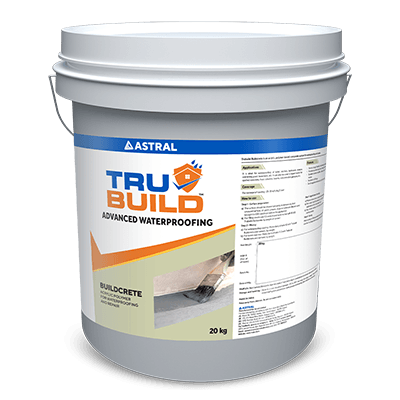
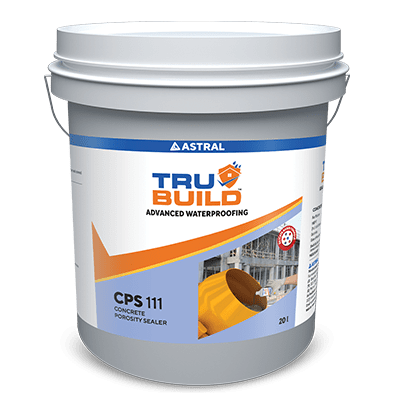
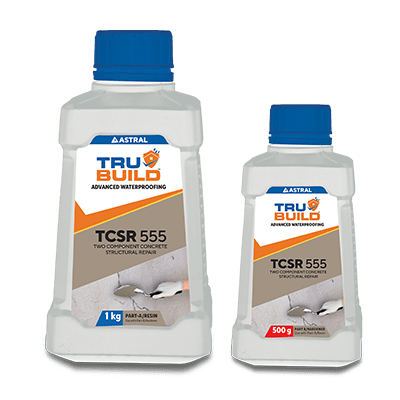
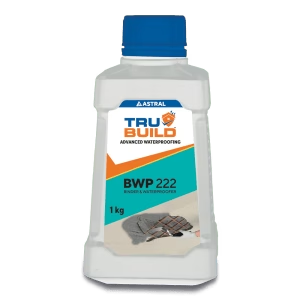
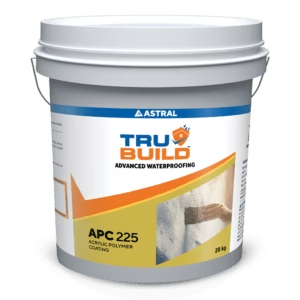
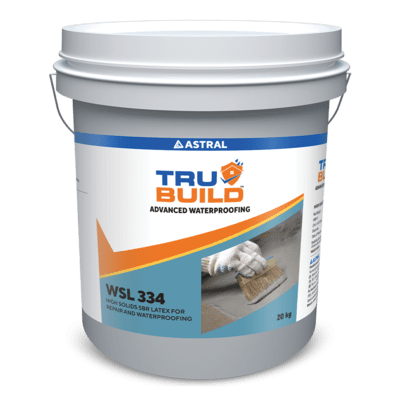
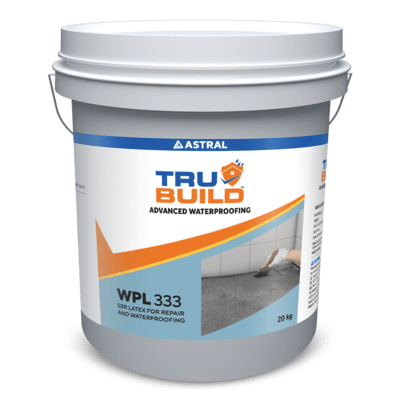
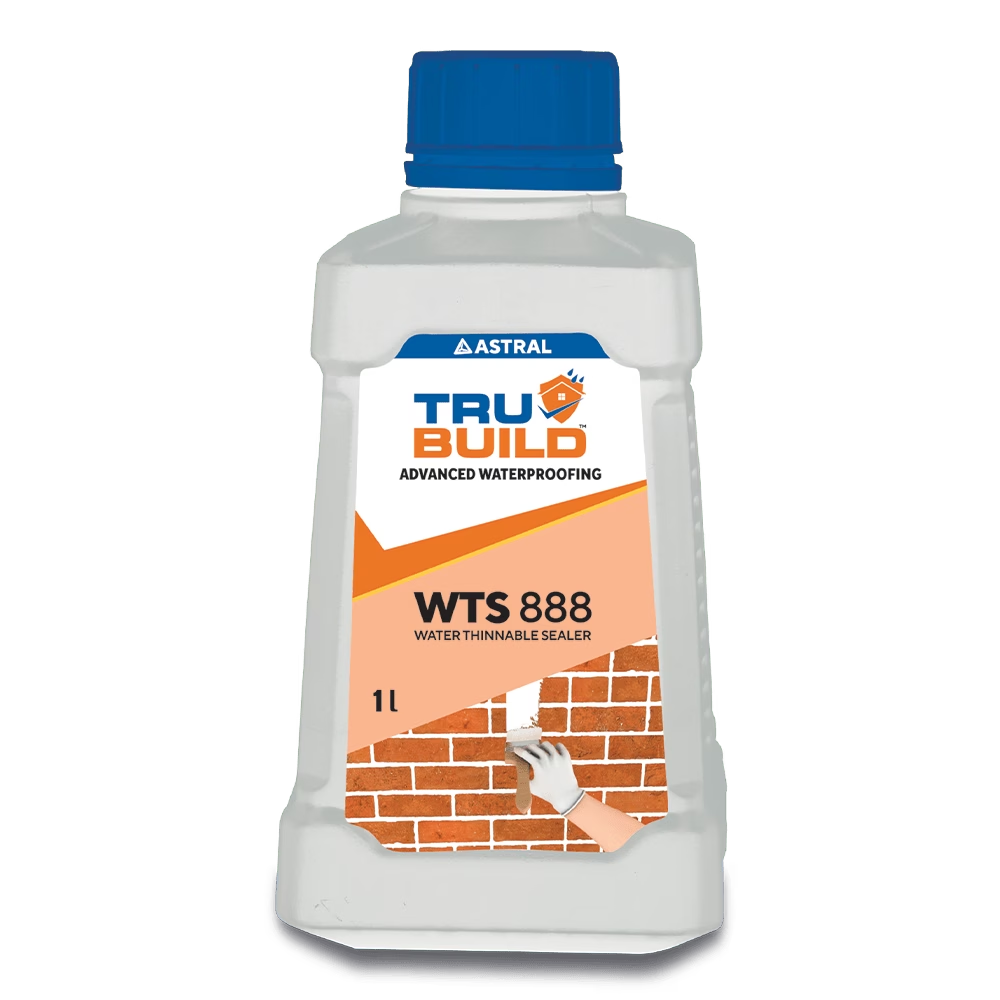
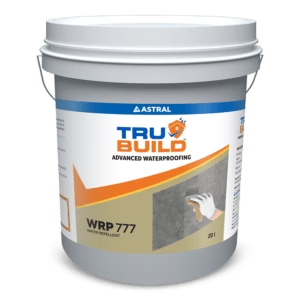
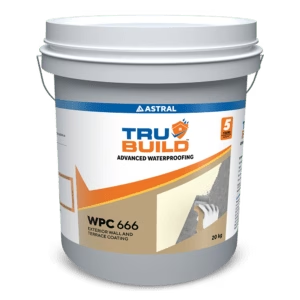
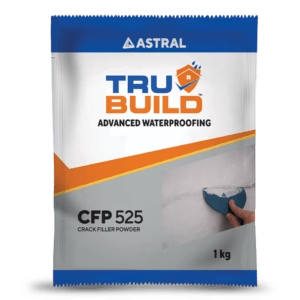
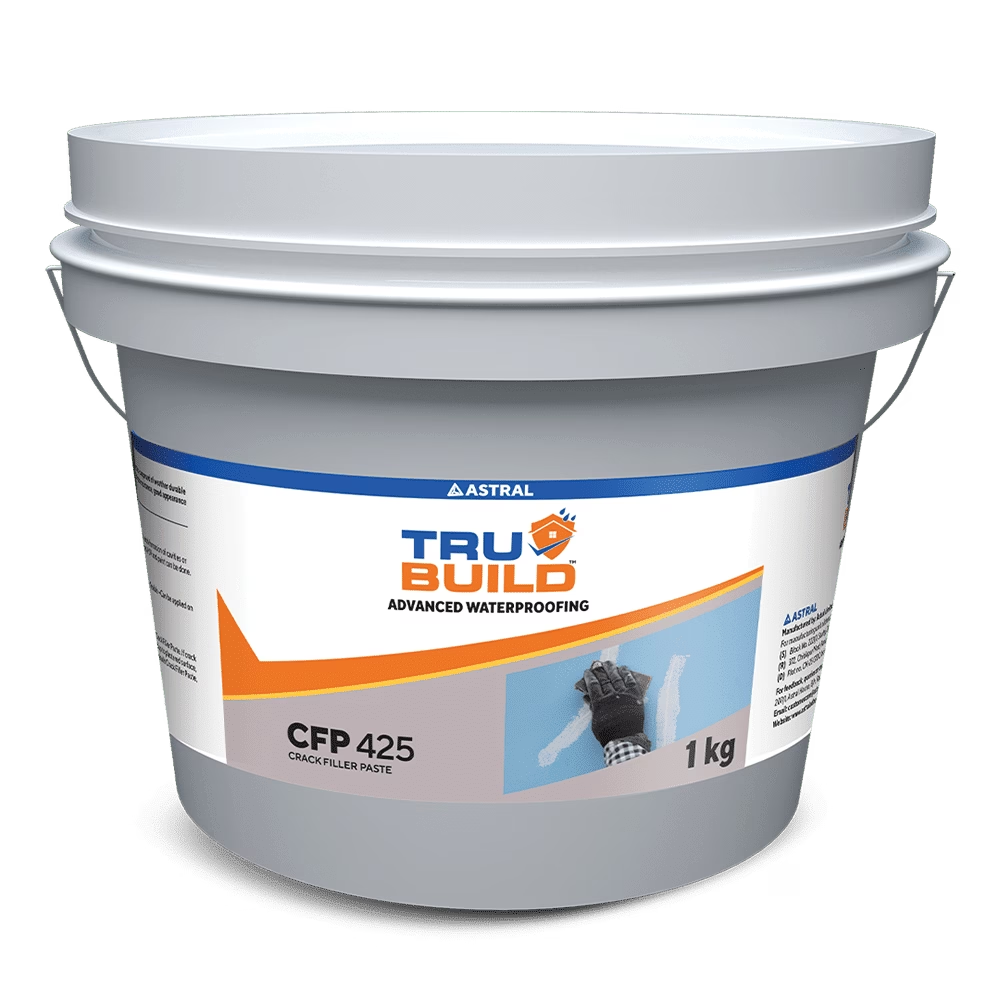
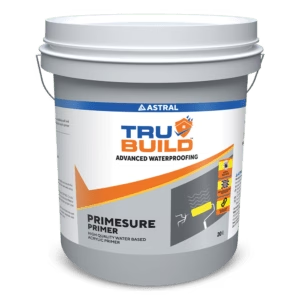
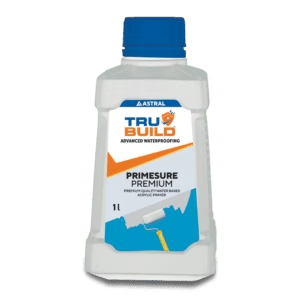
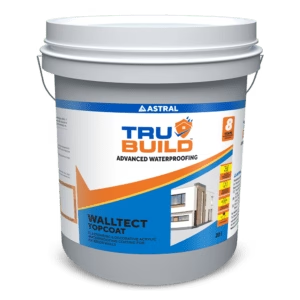
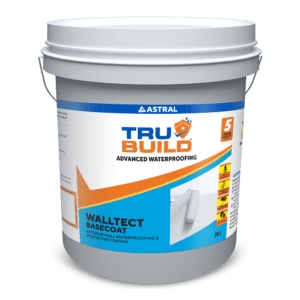
 Professional Sealants
Professional Sealants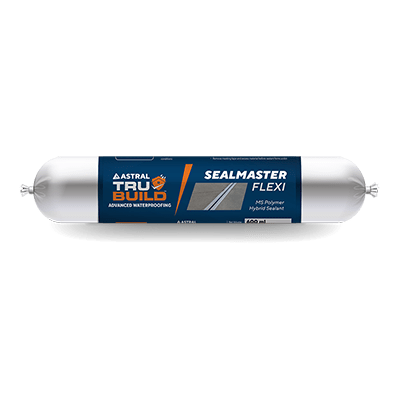
 Roof Waterproofing
Roof Waterproofing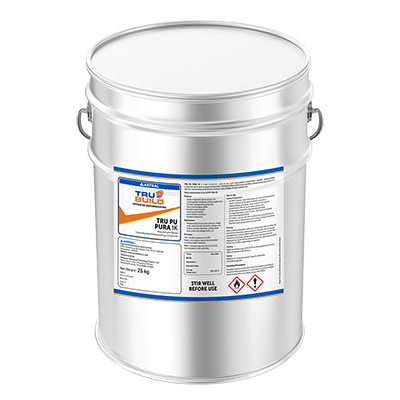
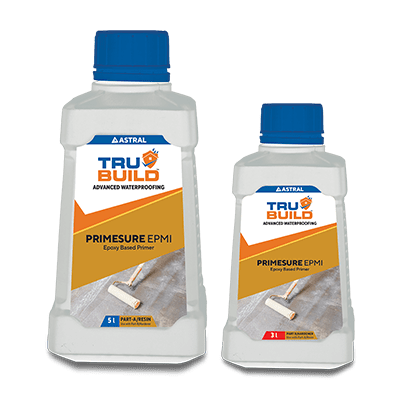
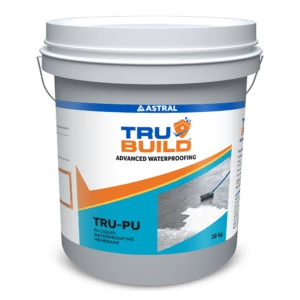


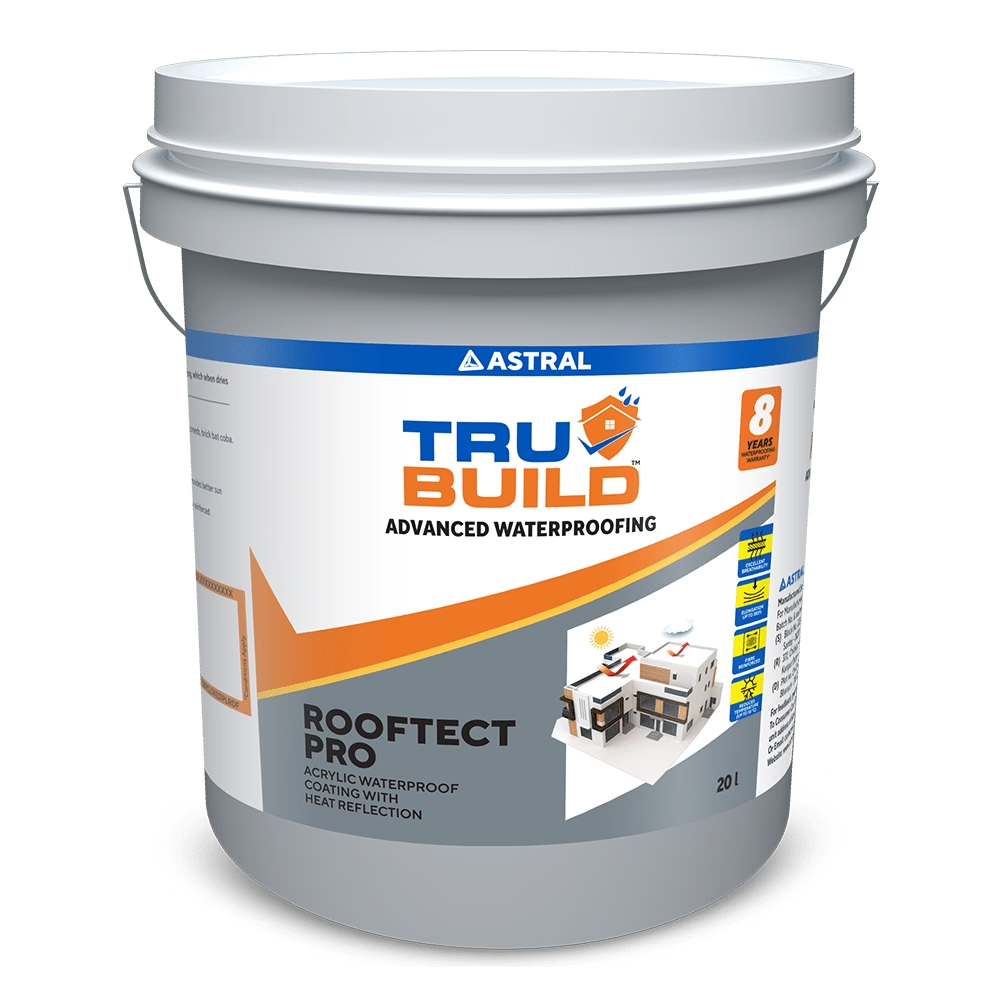
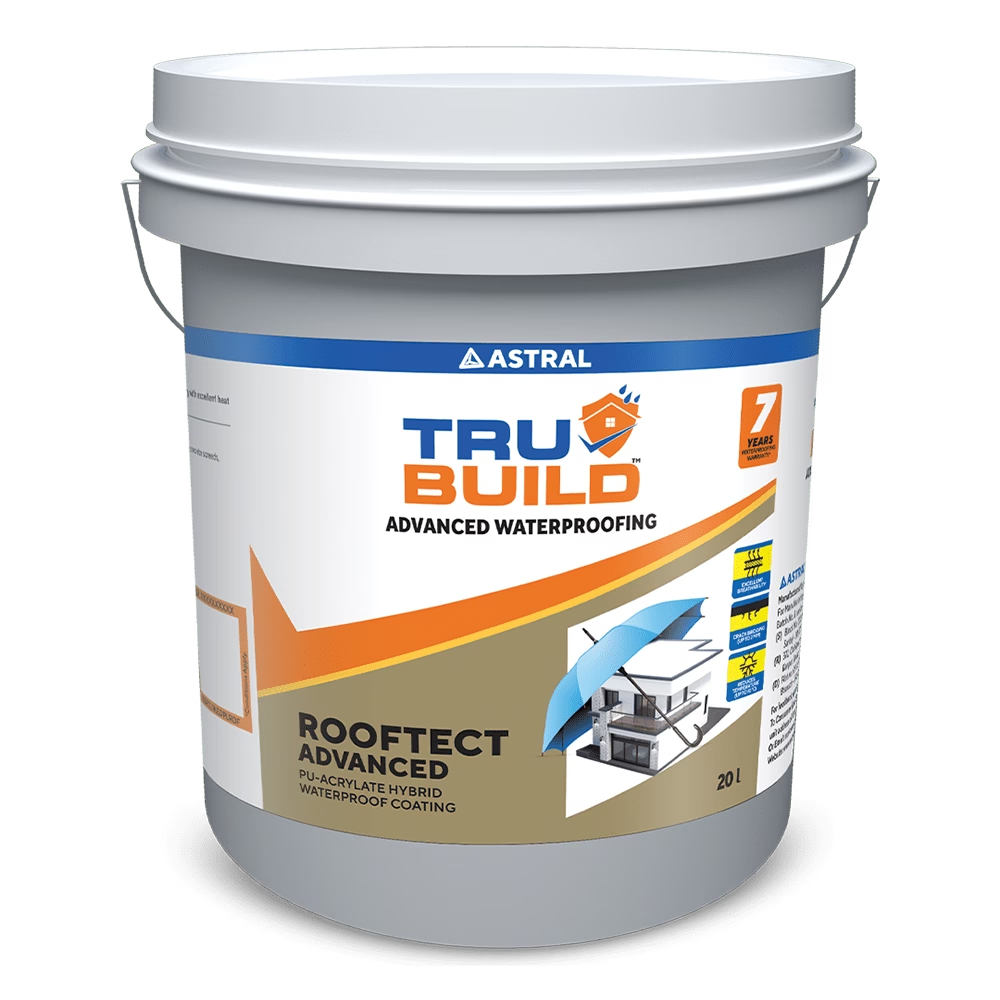
 Substructure Waterproofing
Substructure Waterproofing Tiling and Grouting
Tiling and Grouting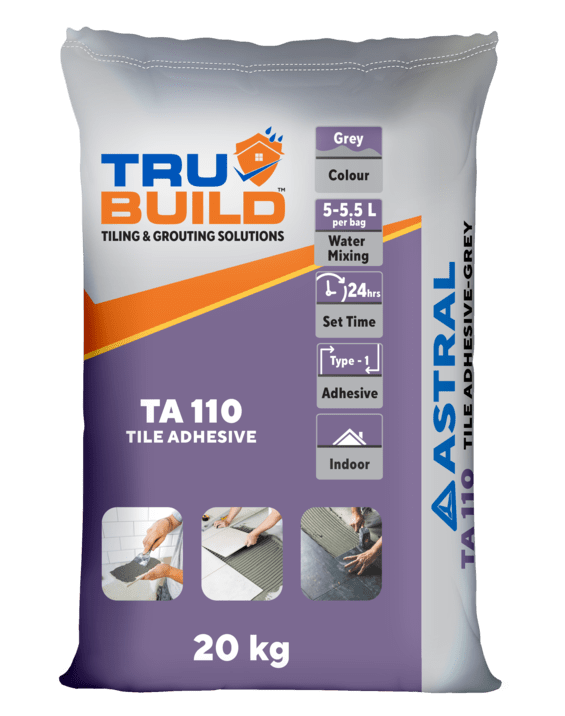
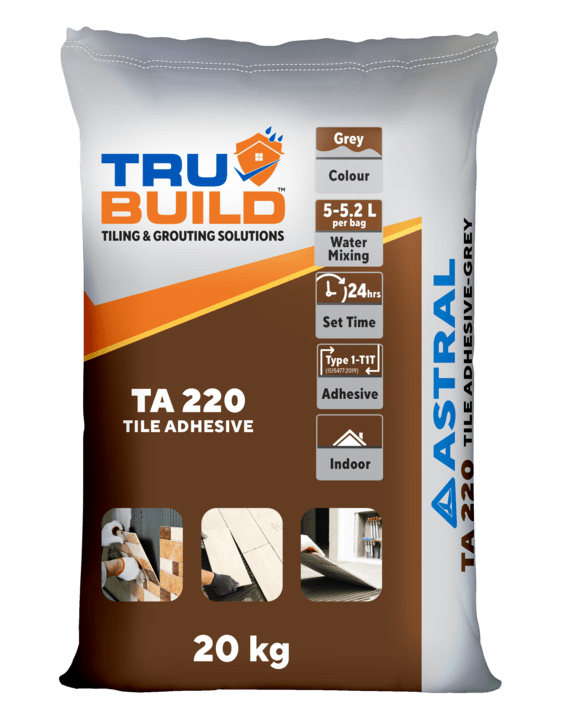
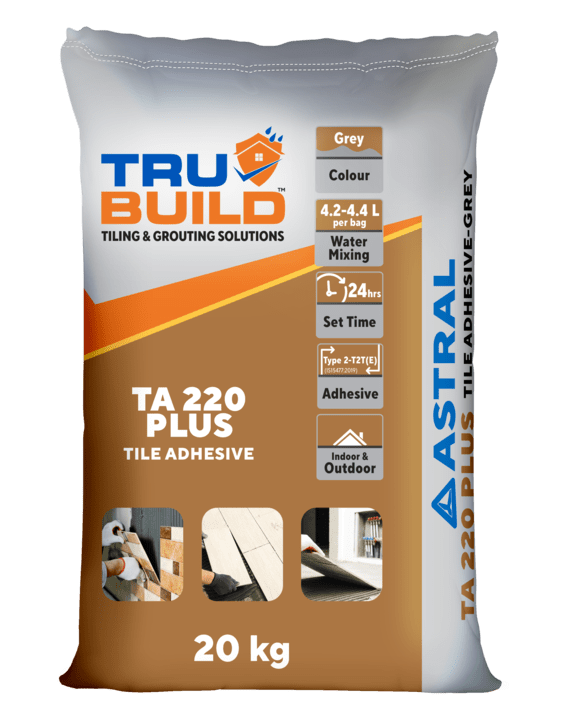
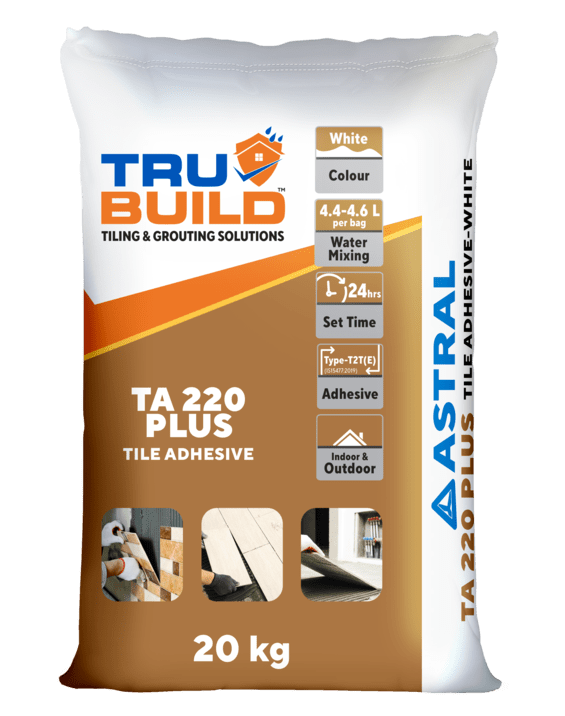
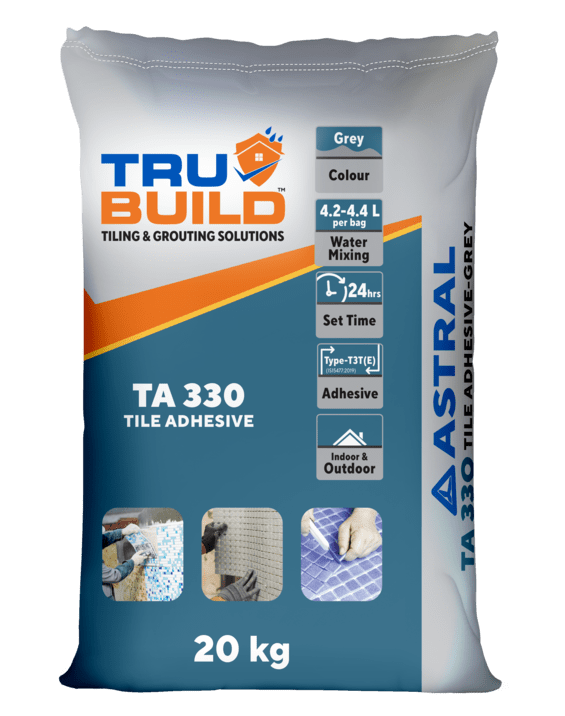
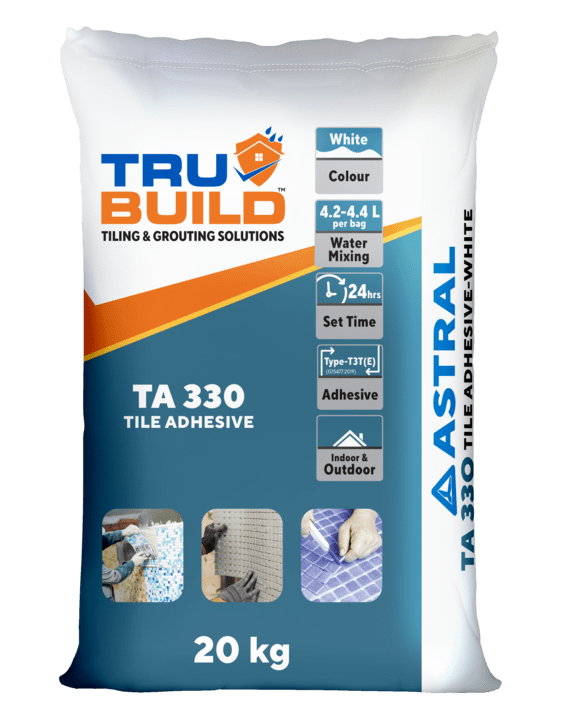
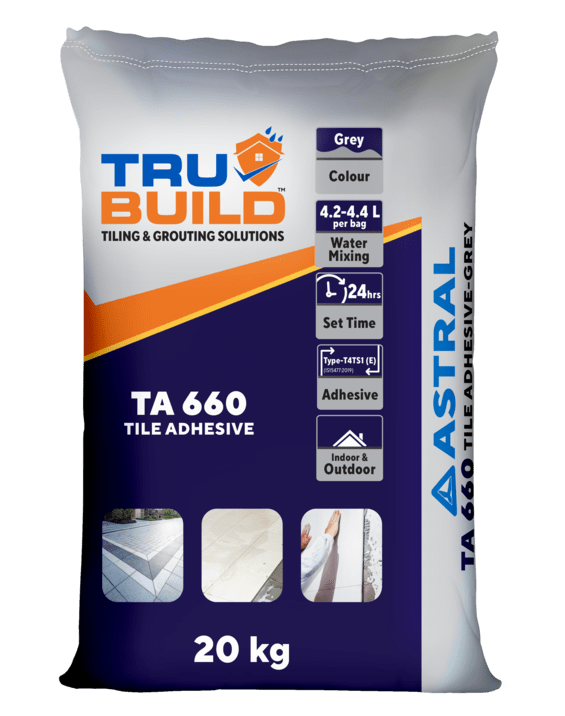
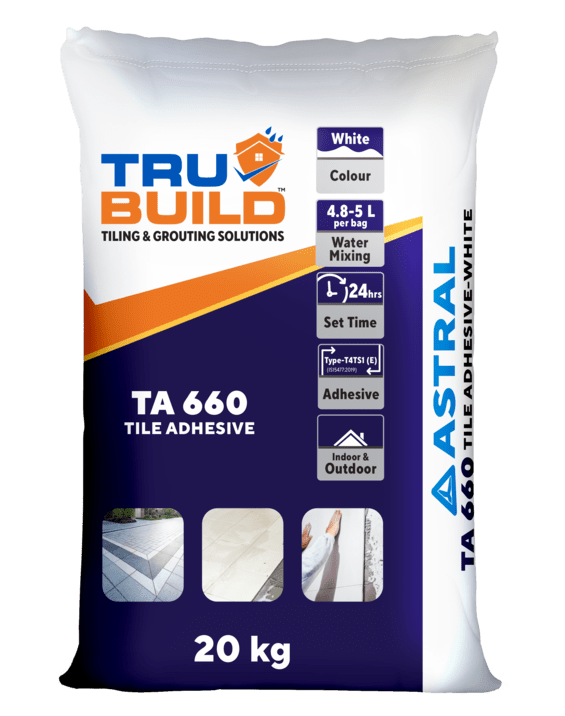
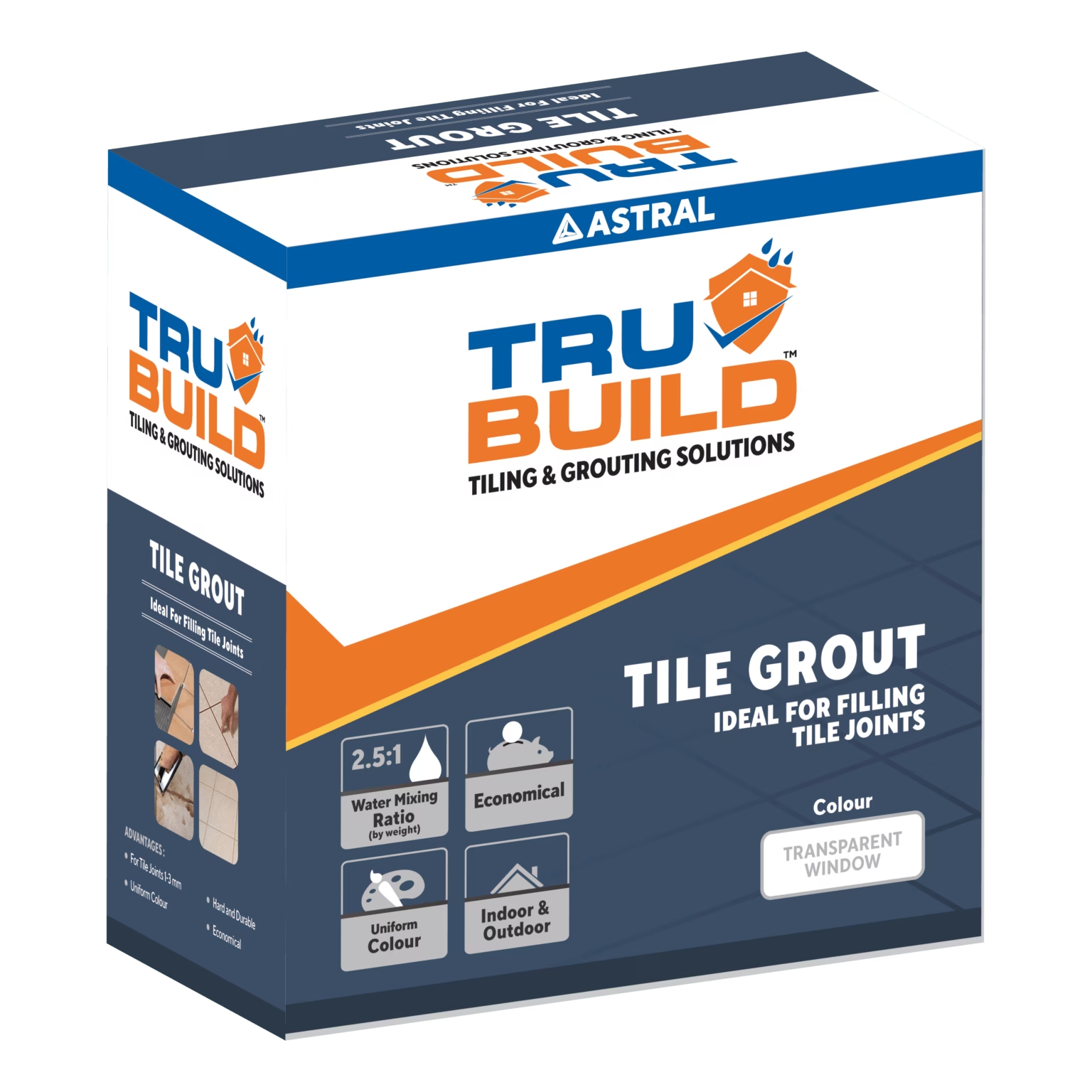
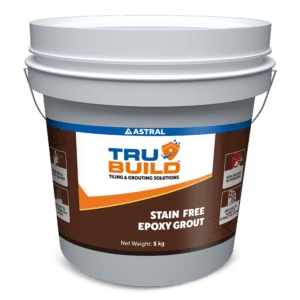
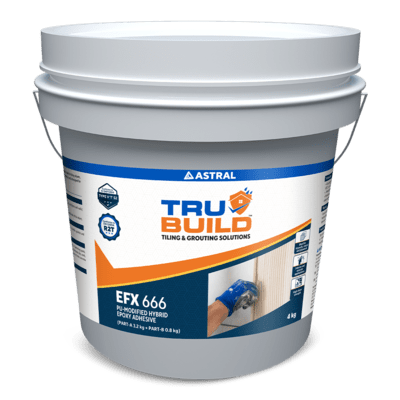
 Water Tanks and Other Areas
Water Tanks and Other Areas